Kyoto is a wonderful city. Our 4 nights there were amazing, but today we are going to take a break from the hustle of big cities.
We are going to Koyasan this afternoon!
Since our train is at twelve, we went exploring just a bit more of Kyoto before leaving.
After checking out from the Airbnb in Gion, we walked once again to the Nishiki Market. It was as cool as yesterday, just less crowded.
From there we walked north for 30 minutes, to reach the Imperial Palace.
Kyoto has been the capital of Japan for more than a thousand year, from 794 to 1868, and it’s palace is massive. We took a guide who walked us around the buildings showing us gates and gardens.
The imperial palace structure is truly massive! Well, at least this reconstruction. Because, guess what, also this building was burned down by a fire. Not only the palace, but two third of Kyoto were destroyed in the fire!
Our guide told us (but I couldn’t find the information anywhere on internet so I won’t consider the statement 100% reliable) that the fire was started by a servant who was cleaning one of the gate, and decided to kill a caterpillar using fire.
The gate were (and still are) made of cypress wood, which is great for building as it keeps away termites and ants, but is soft wood, which means it catches fire easily.
So basically our friend servant, shot a caterpillar with a bazooka in a armoury. Pretty sure if she survived the fire, she got killed by a mob right after.
Back to the palace.
As it was rebuild in the seventeenth century, they made it earthquake proof.
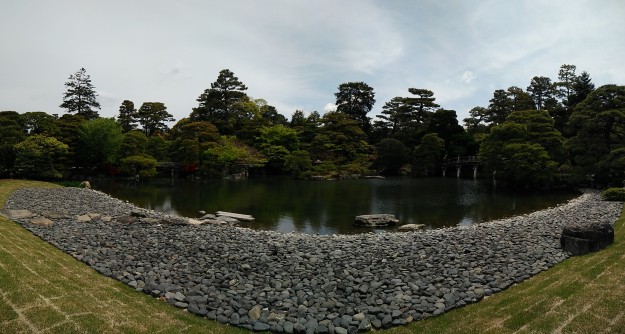
One of the pond in the palace
All the building’s pillars rests on “unattached” stones, so the building structure is elastic enough to survive the shake without breaking.
We also learned that in Japan South is considered good luck. For this reason the emperor room faced south.
On the other hand, for some reason, north east is considered an unlucky direction. For this reason castles had the corner facing the direction cut and a tower with a monkey positioned on it. A monkey is a like a lucky guardian.
Another thing we learned is about the family crest. Each Japanese family has a crest, which can be a flower, an animal or an insect. This symbol is passed by the father to his sons, while the woman will adopt her husband’s.
After these interesting lessons, we had to leave and run to Kyoto central station or we would have lost the train.
Once again we had to take the Shinkansen (Nozomi N700). It took only 18 minutes to take us from Kyoto to Osaka.
Once there we bought our lunch to consume on the second train that would take us to our final destination.
In Osaka we also bought the Koyasan World Heritage Pass, a ticket that allowed us to travel to Koyasan, use the cable car, take any bus we wanted, and go back the day after.
Leaving Osaka for Koyasan by train is like leaving behind the modern world and jump into the past.
From the train windows you see the city making space to the countryside. Then without noticing the train is climbing its way among the mountains, on claustrophobic narrow iron bridges with rocks below. It is beautiful.
Then comes the cable car!
1020 meters to climb in 5 minutes, going 10 km/h on a 30° slope. Basically a damn slow take off.
Once we got up there we reached our host by bus.
Did I mention that we stayed in a Temple for the night?
This kind of lodging is referred to as shukubo, and in Koyasan 52 out of 117 Buddhist temples offer the possibility to stay overnight, pray with them in the morning (6 am) and have traditional Buddhist vegetarian dinner and breakfast (this type of cuisine is named Shojin Ryori).
Thats right. In Koyasan many temples offer the opportunity to spend one night as their guest, experiencing:
- Tea under the Kotatsu
- Onsen
- Ritual dinner
- Ritual morning prayer
- Ritual breakfast
The room was great. Two sets of paper sliding doors, creating the illusion of privacy, welcomed us in a spacious squared room. The floor was obviously tatami, and another sliding door made way to a closed balcony with a great view on the internal garden.
As we enter our room, a monk brought a streaming teapot, and explained the temple rules.
The onsen was available to use only between 4pm to 9pm, dinner would be served at 5:45, and the curfew set at 9pm.
We decided to enjoy the onsen before having dinner.
The water wasn’t as hot as the one we experienced in Takayama, but we enjoyed the bath nonetheless.
Before going back to our room we decided to wander around the temple and take some pictures in the gardens.
We went back to our room just in time for the monk to come back with our dinner.

Vegetarian dinner for two
It was a lot of stuff! Rice, tofu, miso soup, fresh veggies, tempura veggies, soy noodles & carrots, sweets and fruit.
When we were done we called the monk who promptly took away the remains of our dinner and prepared the futon beds.
Not tired enough, we decided to go out and explore the close cemetery, Okunoin (奥の院), the largest in Japan, with over 200,000 tombstones lining the almost two kilometer long approach to Kobo Daishi’s mausoleum.
We entered the cemetery that was still day, but when we went back it was pitch dark, so dark we took the wrong way and lost the last bus to the city (7:30pm). We had to walk back to our temple, and the easiest way was a long walk through the cemetery to the city. Luckily all the lanterns were lit.
The feeling of walking among all those tombstones, and statues, and lanterns is hard to describe.
You walk in religious silence, trying to catch any sound coming from the surrounding forest, while keeping your eyes peeled to see what hides behind the darkness.
On the way we met other people walking, and even some organised groups, guided by monks.
We arrived at the temple tired and cold and literally jumped under the Kotatsu!
Just th le time to warm up our feet and we moved in the futon.
Tomorrow morning we are going to assist the ritual Buddhist morning prayer, so alarm set at 5:45!
Wish us luck, and see you on our next post.
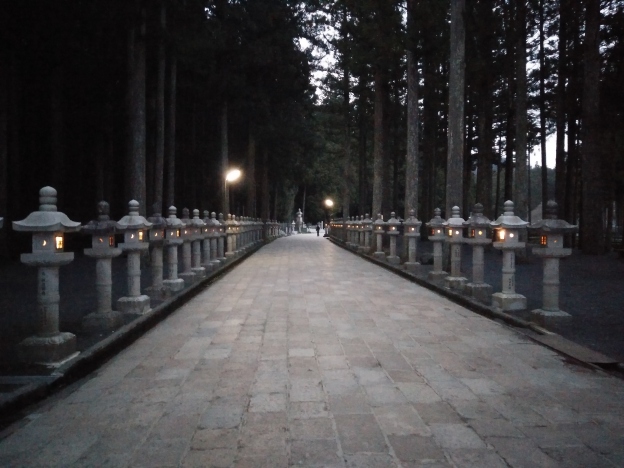
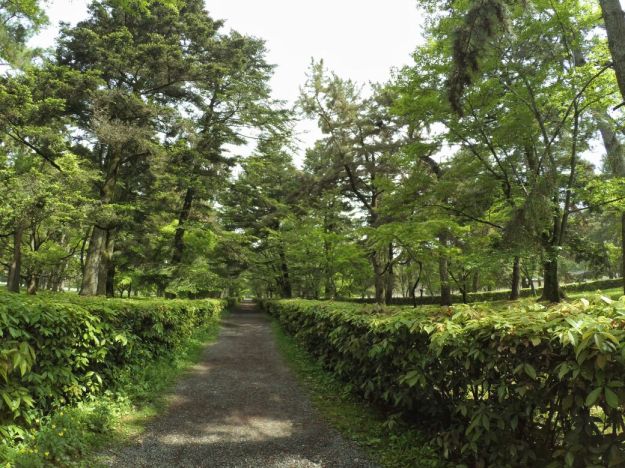



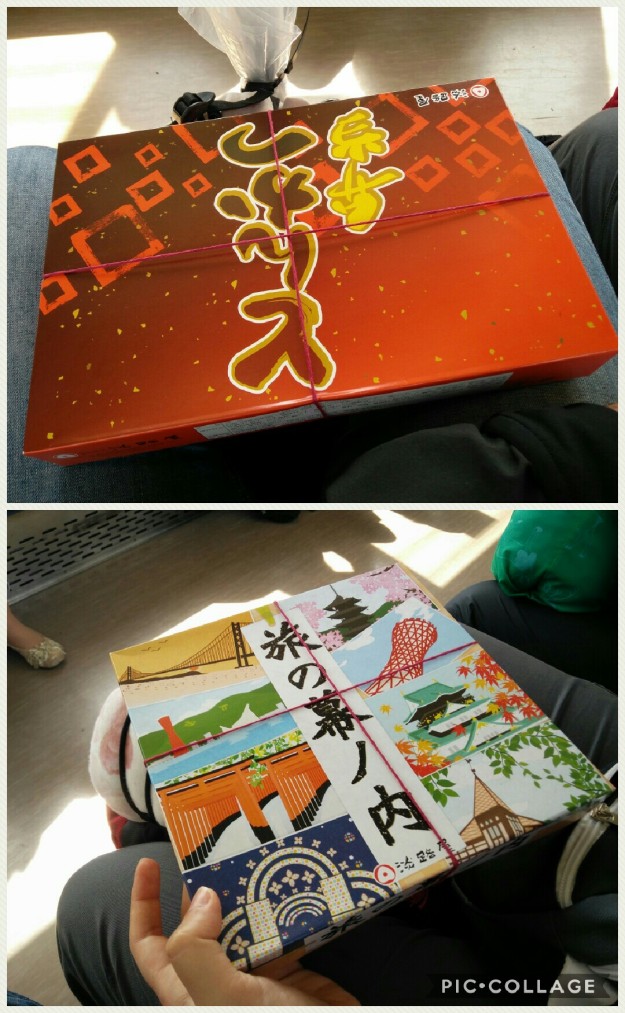
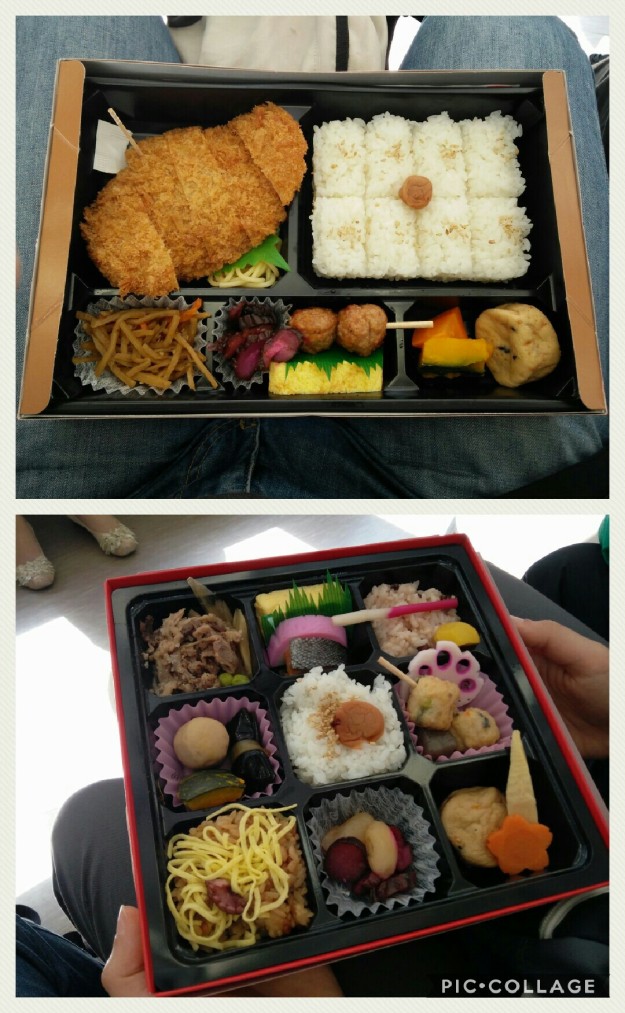
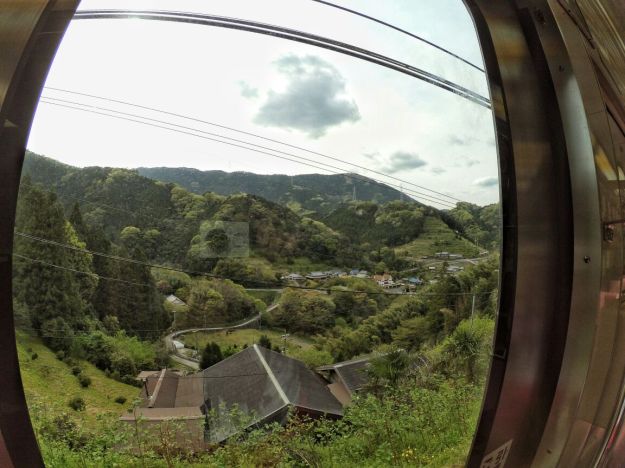

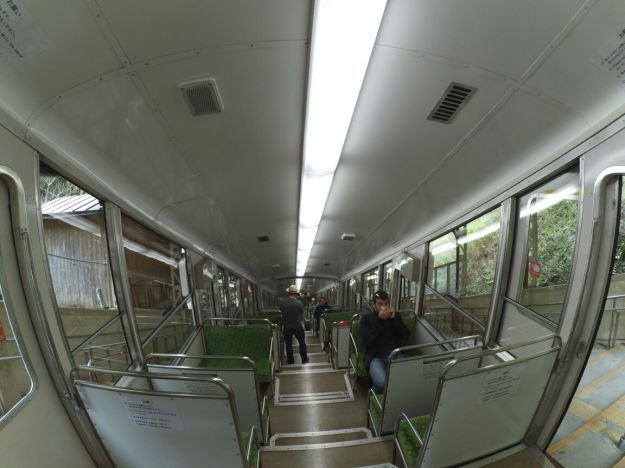
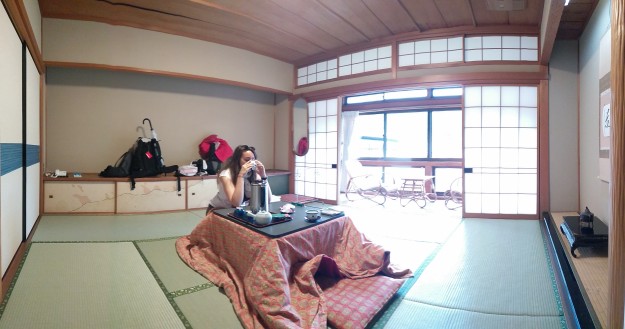



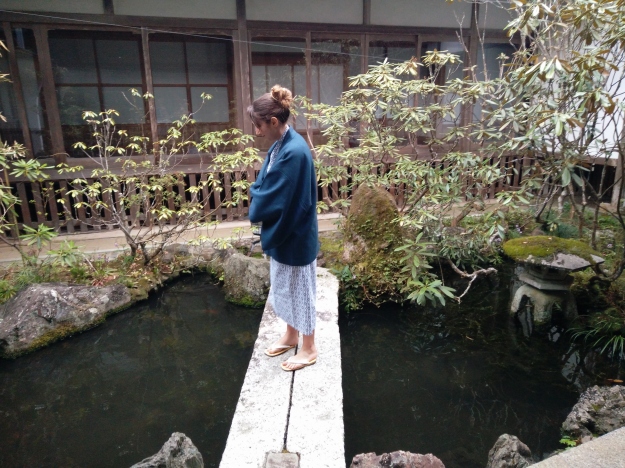
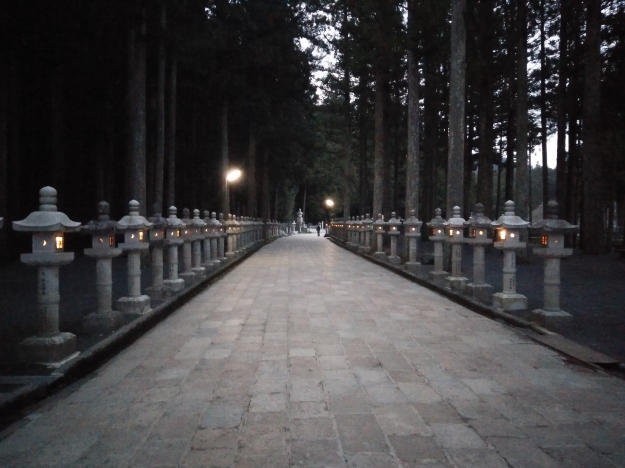

No Nitendo visit… Richi sad…
LikeLike
ahhhhhhh!!!! I mean Nintendo (Miyamoto is going to kill me)
LikeLike
😂
LikeLike
You will have your visit when you’ll go there
LikeLike